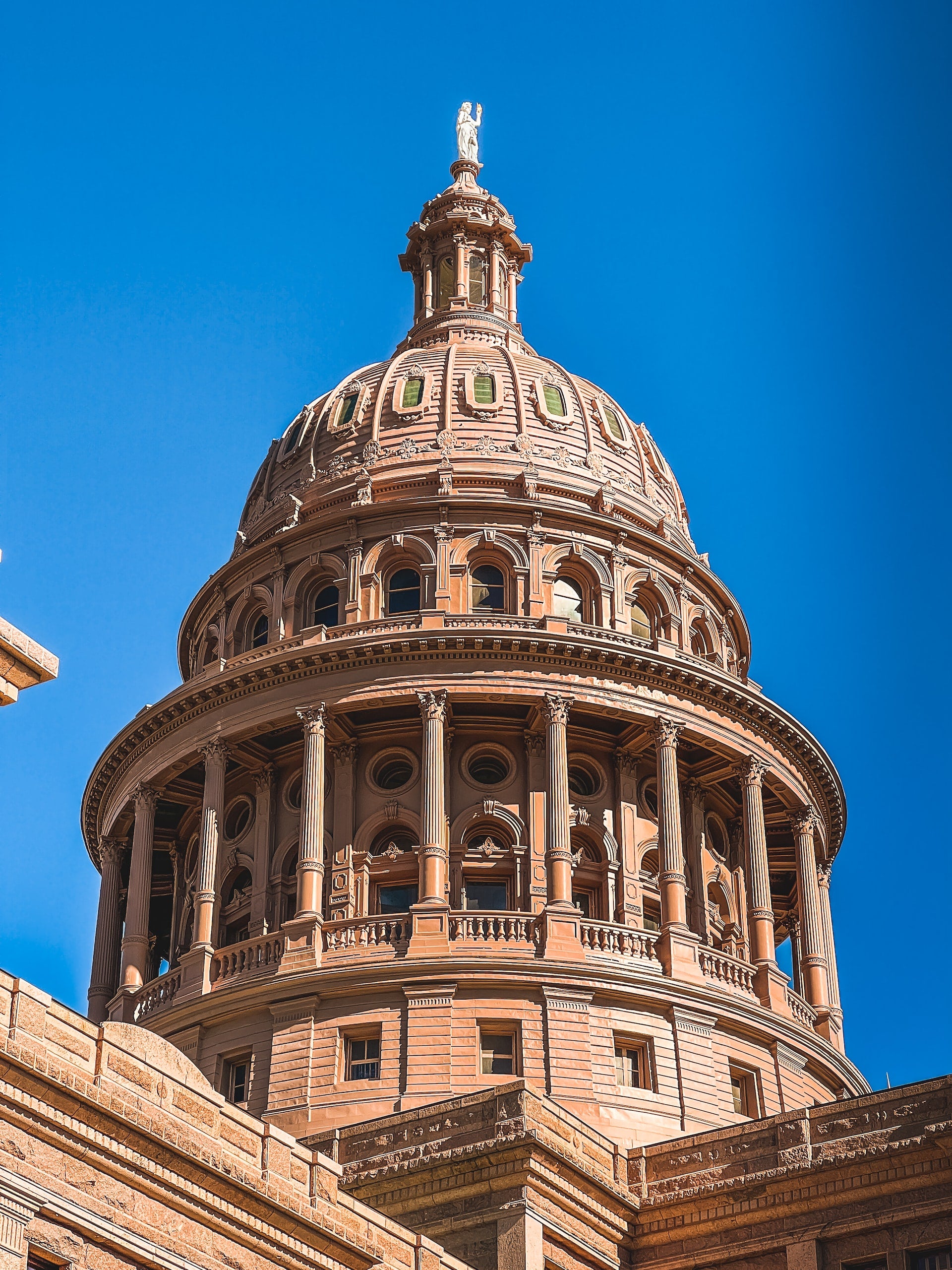
Lessons from COVID-19 Aid to State and Local Governments for the Design of Federal Automatic Stabilizers

In this paper Clemens and Veuger analyze pandemic-era federal fiscal assistance to state and local governments and draw lessons for the design of stabilization policy. They start by explaining why the federal government plays a key role in stabilizing state and local government budgets across the business cycle, before describing the shape this role currently takes. Then, they provide an overview of how the COVID-19 crisis was expected to affect state and local budgets, and how those expectations affected the amount of fiscal relief the federal government provided. They next assess the design of the federal response and evaluate its effectiveness. They conclude by drawing lessons for the design of future countercyclical federal aid to state and local governments. The authors argue for tying the quantity of aid provided to national measures of tax bases and propose three delivery mechanisms: rule-based grants, loans, and an insurance program.